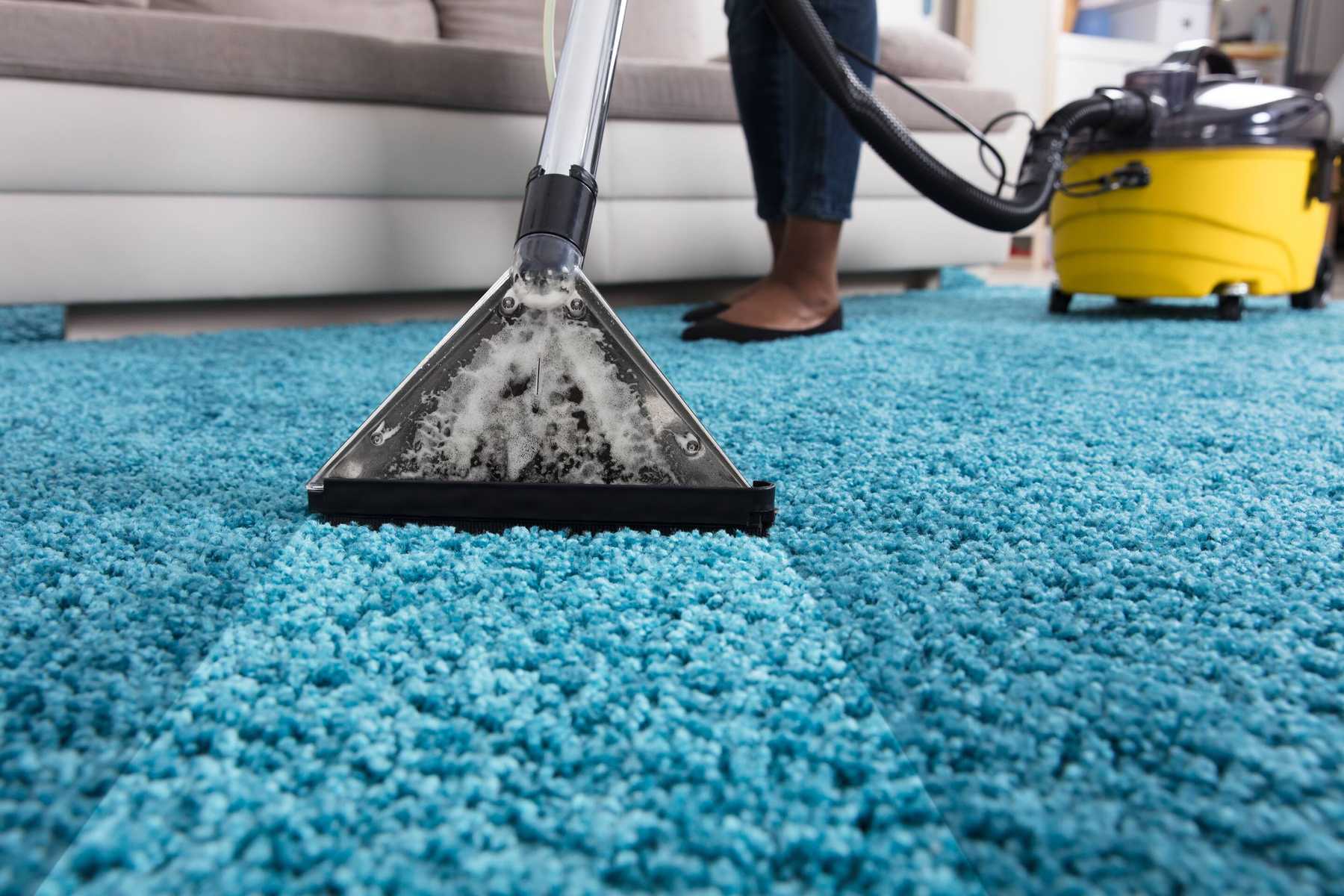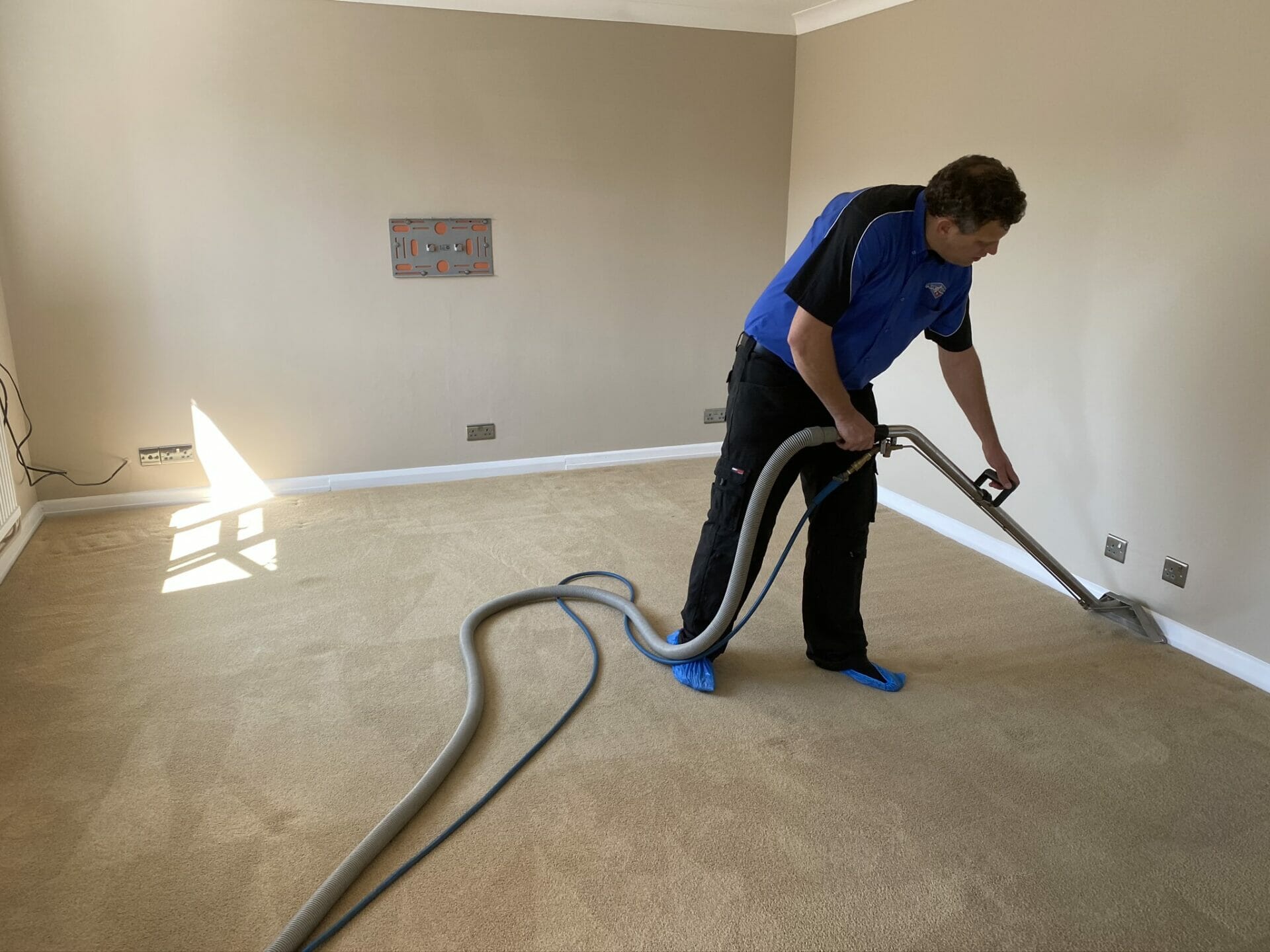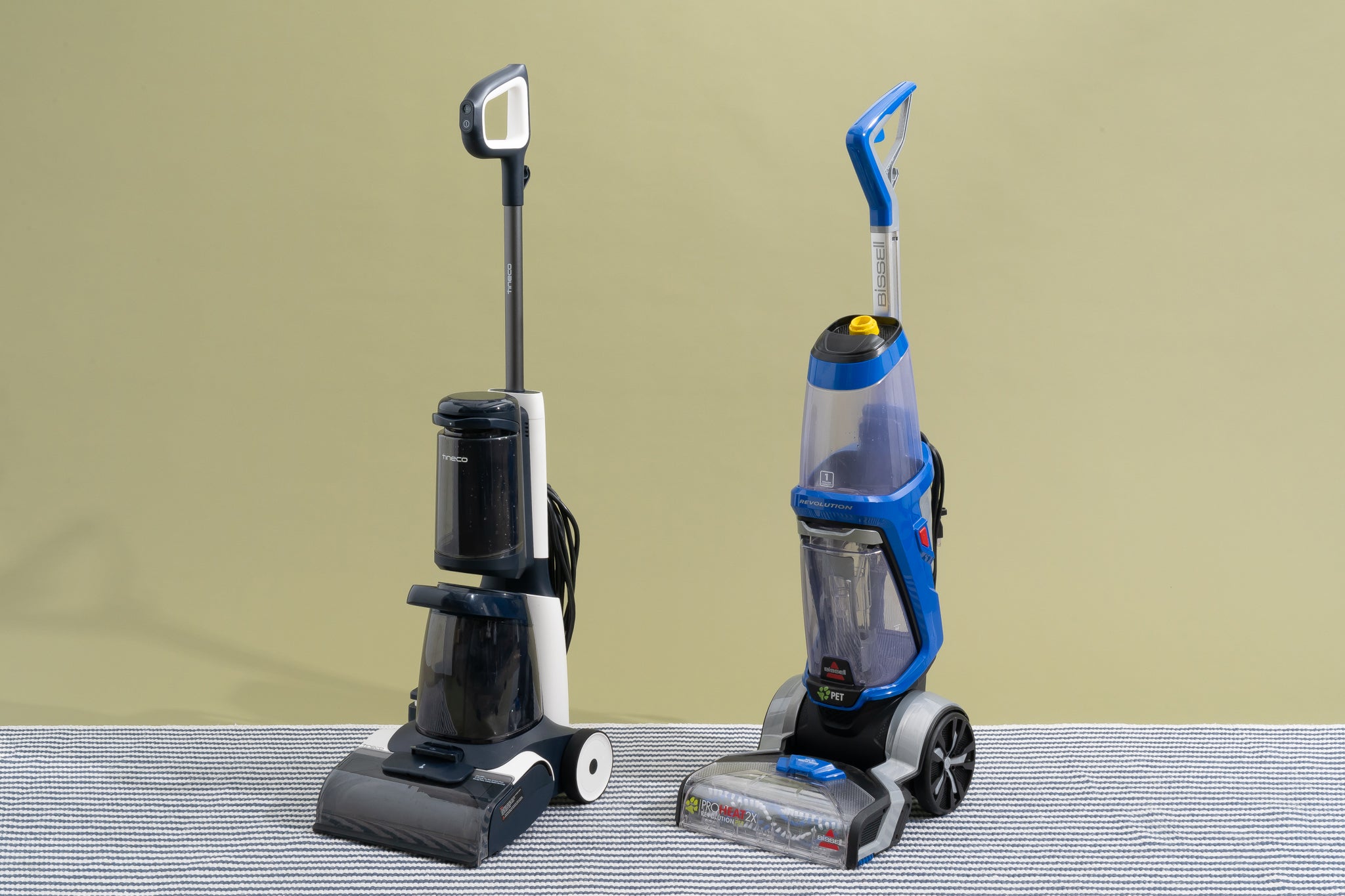Carpets, with their cozy warmth and aesthetic appeal, grace countless homes worldwide. However, after a thorough cleaning or an accidental spill, the question arises: how long will it take for them to dry? Understanding drying times is crucial not only for maintaining hygiene but also for preventing mold growth and damage to your flooring. This comprehensive guide delves into the factors that influence carpet drying time and offers practical tips for expediting the process.
Understanding Carpet Composition
The Fiber Factor Carpet fibers play a pivotal role in determining drying duration. Natural fibers like wool absorb more water and thus take longer to dry compared to synthetic options such as nylon or polyester. Knowing your carpet’s fiber type is the first step in estimating its drying time.
Density Matters High-density carpets, while durable, have a tighter weave, which slows down the escape of moisture. Thinner, less dense carpets allow for quicker evaporation.

Environmental Conditions
Temperature and Humidity Ambient temperature and humidity significantly affect drying rates. Warmer temperatures speed up evaporation, whereas high humidity slows it down. Aim for a well-ventilated room with moderate temperatures around 70°F (21°C) and low humidity for optimal drying.
Air Circulation Good air circulation is key. Open windows, use fans, or turn on the HVAC system to circulate fresh air, facilitating faster drying. Remember, stagnant air prolongs the process.
Cleaning Method Impacts
Steam Cleaning vs. Dry Cleaning Steam cleaning, while effective, leaves carpets damp and requires longer drying times—upwards of 6 to 24 hours. Conversely, dry cleaning methods use less water, allowing carpets to be ready for use sooner, typically within 1-2 hours.
Extraction Efficiency The efficiency of water extraction during cleaning directly influences drying time. Professional-grade equipment extracts more water, reducing drying durations.

Strategies for Speedy Drying
Use of Dehumidifiers In humid climates, dehumidifiers can drastically reduce the ambient moisture, accelerating the drying process. Place them near the cleaned area for best results.
Absorbent Powders Applying absorbent powders such as baking soda or specialized carpet drying products after cleaning helps soak up excess moisture.
Professional Assistance When time is of the essence, hiring professional carpet cleaners can be invaluable. They possess advanced equipment designed for rapid extraction, often leaving carpets nearly dry immediately after cleaning.
Preventing Drying Issues
Avoiding Over-Wetting Over-saturating carpets during cleaning should be avoided. Use the appropriate amount of water or cleaning solution to minimize drying times.
Regular Maintenance Regular vacuuming and prompt spot cleaning prevent the accumulation of dirt, reducing the need for deep cleans that involve more water.

Safety Precautions During Drying
Slip Hazards Wet carpets are slippery; ensure family members and pets avoid the area until completely dry to prevent falls.
Electrical Safety Keep electrical appliances away from damp carpets to prevent electrical hazards.
Enhancing Airflow with Strategic Placement
Strategically positioning fans can dramatically improve drying efficiency. Place fans at angles to blow air across the carpet, not directly down, as this encourages better airflow and evaporation. If possible, use multiple fans to create cross-ventilation, ensuring all areas of the carpet dry uniformly. Elevate furniture legs using blocks or special coasters to promote airflow beneath heavy items, preventing trapped moisture pockets.
Monitoring and Adjusting as Needed
Regular monitoring of the drying process is essential. Touch the carpet periodically to assess its dampness and adjust your drying strategy accordingly. If areas remain excessively wet after several hours, focus additional drying efforts there, such as repositioning fans or using a dehumidifier specifically in those zones. Be attentive to any signs of mold or musty odors, which indicate a need for more aggressive drying measures.

Innovative Drying Techniques
Advancements in technology have introduced new tools for expedited carpet drying. Infrared drying systems are one such innovation, utilizing infrared heat waves to penetrate carpet fibers and rapidly evaporate moisture. These devices can significantly reduce drying times without damaging the carpet, making them a worthwhile investment for frequent cleaners or commercial settings where quick turnaround is crucial.
Protective Measures During Drying
While waiting for your carpet to dry, it’s wise to implement protective measures to maintain cleanliness and order. Lay down a path of clean towels or plastic sheeting in high-traffic areas that must be crossed, allowing movement while safeguarding the damp carpet from soiling. For homes with small children or pets, creating a temporary barrier around the drying area with baby gates or pet enclosures can prevent accidents and unwanted exploration.
Eco-Friendly Drying Solutions
Environmentally conscious individuals may prefer natural drying methods or eco-friendly products to hasten the process. Opening windows to utilize natural ventilation not only reduces energy consumption but also improves indoor air quality. Additionally, using green-certified carpet cleaning solutions and powders ensures minimal chemical residue and promotes a healthier living environment.
A Well-Executed Plan for Optimal Results In conclusion, efficient carpet drying is a blend of understanding your carpet’s characteristics, leveraging the right environmental conditions, employing suitable cleaning methods, and adopting proactive strategies. By staying vigilant, adapting to the unique needs of each situation, and embracing innovative techniques, you can achieve a perfectly dried carpet swiftly and safely. Remember, a well-executed drying plan not only preserves the beauty and longevity of your carpets but also safeguards the health and safety of your home environment.

Emphasizing Safety in the Drying Process
Safety should always be a paramount concern during any carpet drying endeavor. Electrical appliances like fans and dehumidifiers should be placed away from wet areas to avoid electrocution risks. Ensure all electrical cords are undamaged and properly secured to prevent tripping hazards. When using advanced technologies such as infrared drying systems, follow the manufacturer’s instructions meticulously to avoid overheating or damage to the carpet and surrounding surfaces.
Maintaining Humidity Levels for Optimal Drying
Controlling indoor humidity is another crucial aspect of efficient carpet drying. High humidity can slow down the evaporation process, so using a dehumidifier in conjunction with fans can drastically improve drying speed. Monitoring the humidity levels with a hygrometer helps strike the right balance, aiming for a comfortable range between 40% to 60%. This not only speeds up drying but also inhibits mold growth, which thrives in overly humid environments.
Conclusion: Patience and Preparation
Understanding the various factors affecting carpet drying times allows homeowners to make informed decisions about cleaning methods and post-cleaning care. While patience is necessary, implementing the strategies outlined above can significantly reduce downtime, ensuring your carpets return to their warm, inviting state without unnecessary delays or risks. Always prioritize safety and consider environmental conditions when tackling carpet drying challenges.
